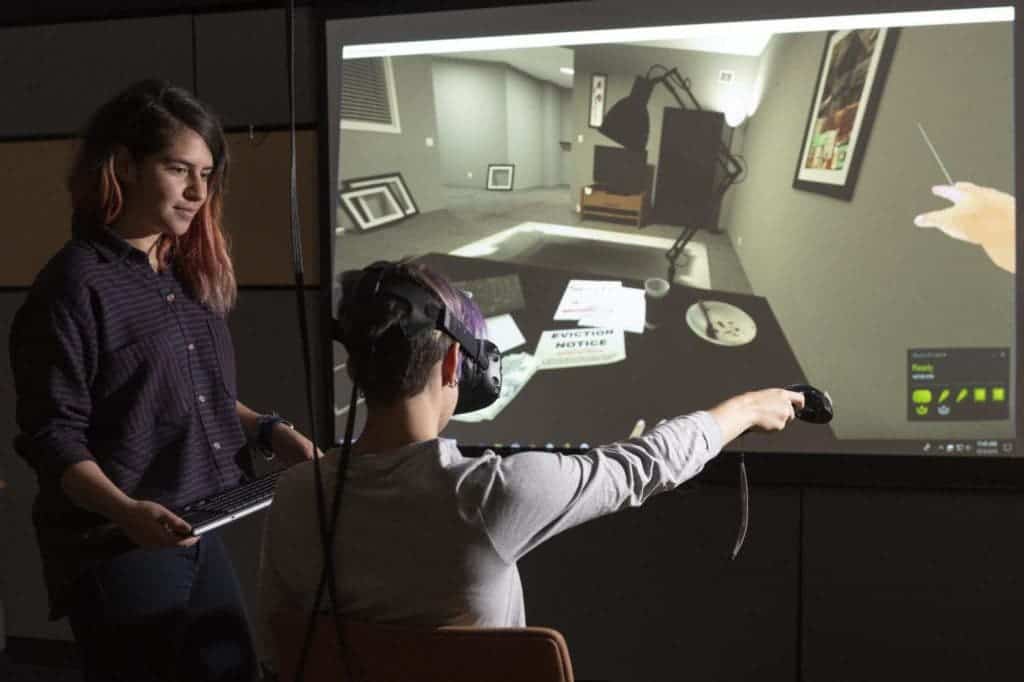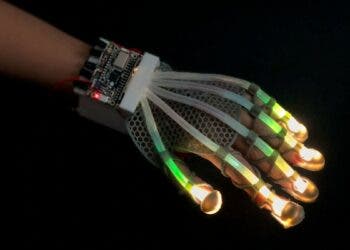People who were immersed in a virtual reality experience that simulated what it would be like to lose their jobs and homes developed long-lasting empathy toward the homeless. The new study published by researchers at the University of Stanford found that following the VR experience, participants were more likely to sign a petition supporting affordable housing, compared to those that interacted with a 2-D version of the scenario on a computer screen or read a narrative.

“Experiences are what define us as humans, so it’s not surprising that an intense experience in VR is more impactful than imagining something,” said Jeremy Bailenson, a professor of communication and a co-author of the paper.
Unless you’re a psychopath, chances are that your brain is wired to empathize — the ability for stepping into the shoes of others and understanding their feelings and perspectives. Some people have more empathy than others, but that doesn’t mean that they’ve reached their full potential. A Buddhist-inspired technique for fostering empathy, for instance, involves spending a whole day being mindful of every person connected to your routine. But, nowadays, modern technology offers promising new tools to augment empathy — and virtual reality is a prime candidate.
In the United States alone, more than 10 million VR headsets have been sold in the past two years. It’s quite possible that the technology could become as ubiquitous in households as video games consoles.
But unlike traditional media, virtual reality presents exciting new opportunities owing to its immersive nature. Entertainment is obviously an important industry where VR shines, but there are also untapped opportunities in research or therapy. For instance, British researchers showed in a 2016 study how virtual reality can be used to ease depression.
Now, Stanford researchers have shown that VR can be a great tool for enhancing empathy and promoting social causes.
Unlike previous similar studies that used a small sample size and didn’t examine long-term effects, the new study involved 560 participants, aged 15 to 88, whose behavior was examined over a two-month-long period.
The research involved two studies. During one of the studies, some of the participants were immersed in a seven-minute experience called “Becoming Homeless”. The program, which was developed by Stanford’s Virtual Human Interaction Lab, puts the participant in the shoes of a person who’s forced to live on the streets. In one scene, the participant had to scour the apartment for things to sell in order to pay the rent. In another scene, the participant had to protect his belongings from being stolen while seeking shelter on a public bus.
At the end of the studies, the researchers found that the participants who took part in the “Becoming Homeless” condition were far more likely to have enduring positive attitudes toward the homeless than people who performed other tasks (reading a narrative or interacting with a 2-D version of the scenario on a computer).
For instance, participants in the “Becoming Homeless” condition were more likely to agree with statements like “Our society does not do enough to help homeless people.” Also, 85% of participants in the VR experience signed a petition supporting affordable housing, versus 63% who read the narrative and 66% who went through the 2-D version on a computer.
“We tend to think of empathy as something you either have or don’t have,” said Jamil Zaki, an assistant professor of psychology and a co-author of the paper. “But lots of studies have demonstrated that empathy isn’t just a trait. It’s something you can work on and turn up or down in different situations.”
The positive attitude toward the homeless carried on over a long period of time, suggesting that the VR experience had a long-lasting impression on the participants.
In the future, the research team plans on performing new studies to tease out the nuances of VR that influence people to behave in certain ways.
The findings appeared in the journal PLOS One.






